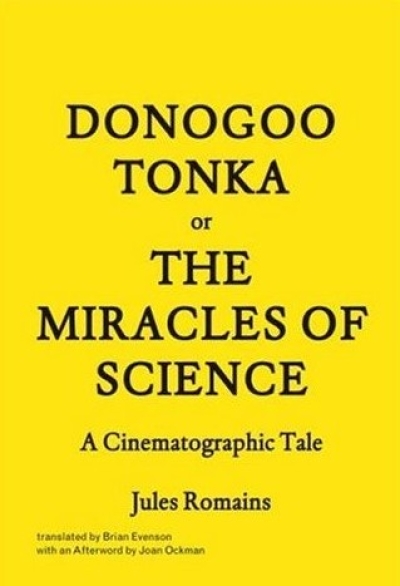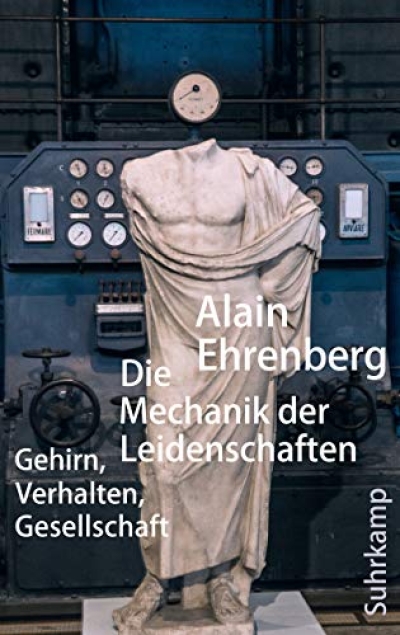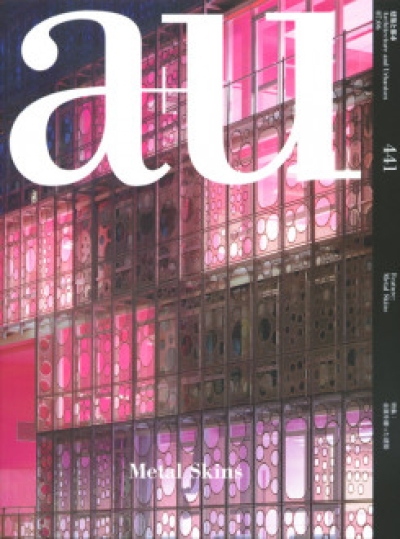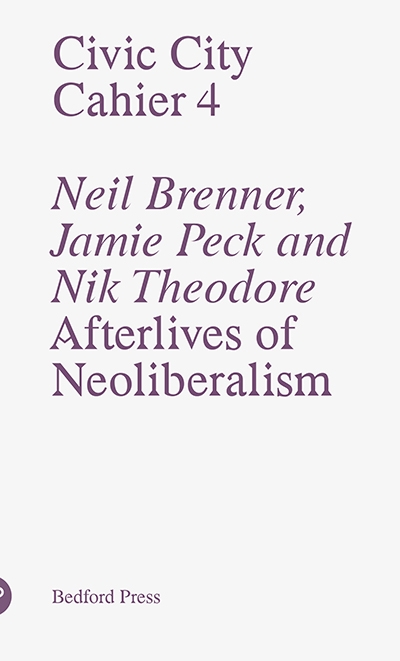
Donogoo Tonka or the Miracles of Science. A Cinematographic Tale
"Donogoo-Tonka or The Miracles of Science, a mock film scenario written by the French novelist Jules Romains, was first published in book form in 1920. Although translated into several languages when it initially appeared and later reinterpreted by Romains for the stage, the original has never been translated into English." "The satirical plot concerns a famous geographer whose academic career is about to be derailed by the revelation that the South American city of Donogoo-Tonka, about which he has written, was nothing more than a fiction of his creation. Through a hilarious sequence of events, a suicidal young man finds a new mission in life by undertaking to found the fictional city, thereby redeeming the error and reputation of the professor. A clever and unscrupulous publicity campaign stirs interest in Donogoo-Tonka all over the globe and leads a wave of adventurers to the hinterlands of Brazil. Upon discovering that the city's existence is a hoax, the would be pioneers have nothing to do but actually build a city there. In an ironic turn of events, the city itself and the reputation of its "founders" flourish, raising provocative questions about scientific knowledge and historical causality." A highly original contribution to avant-garde poetics, beautifully translated by Brian Evenson, the novel makes innovative use of boxed "intertitles", a graphic device that influenced period writers and filmmakers. Joan Ockman's afterword, accompanied by more than two dozen illustrations, places Donogoo-Tonka into a rich historical context, delving into questions of urban geography, the early relations between literature and cinema, and Romains's forgotten philosophy of unanimism.

































































































